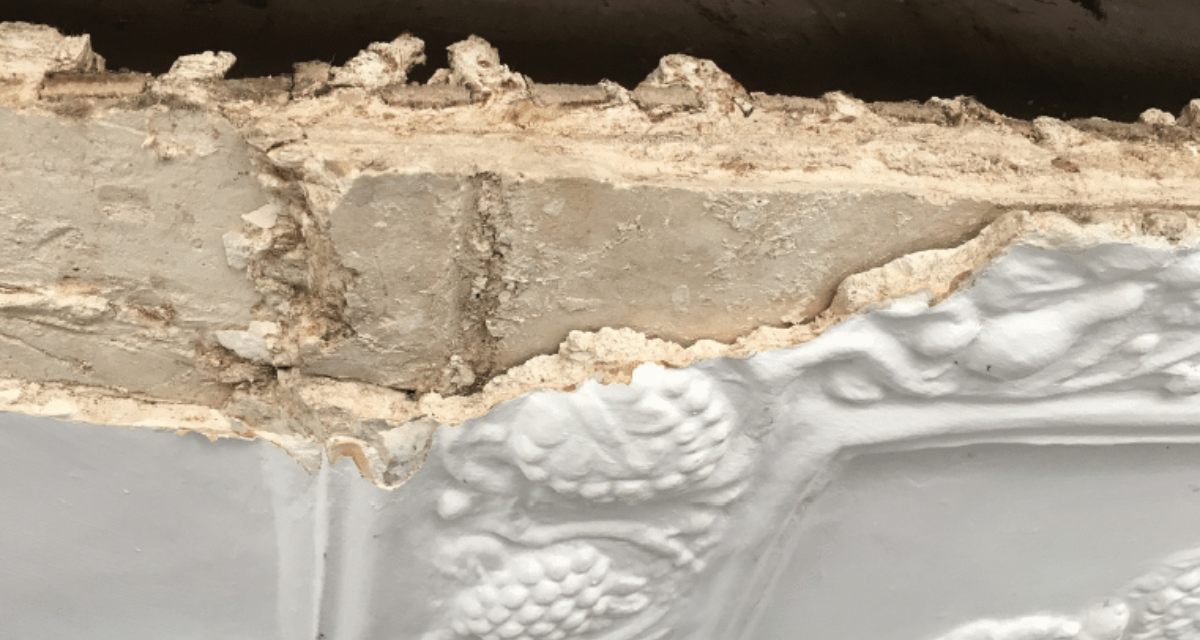FIS and its Heritage Plaster working group are launching a new guide on the repair of historic lath and plaster ceilings to plug the gap in detailed guidance.
The term ceiling comes from a point in history where open roofs were sealed to make the rooms a more comfortable place to be in and are in the main constructed from timber lathes pinned to structural timbers and covered in layers of lime plaster.
These ceilings became more ornate with embellishments and decoration often “run in-situ” by hand to create decorated ceilings that are works of art in themselves. Over time and where external forces such as water ingress or vibration, some can fail, delaminating from the laths, cracking, sagging and in danger of collapse and in need of repair before they are lost; so how to conserve and repair them using methods that are sympathetic, robust and where
possible reversable was the starting point in commissioning an experienced conservator to draft a new best practice guide called Repair of Historic Lath and Plaster Ceilings.
The Author of the guide Sarah Mayfield, a building conservator, sculptor and ornamental plasterer said: “This is collaborative work by conservators, Historic
England and eminent plasterers to provide the trades and professions with robust guidance to the conservation of historic plaster ceilings grounded in good conservation practice, peer reviewed and endorsed by trade and professional bodies alike.
“It is hoped that the guide should be used as an intermediary between parties on site to guide discussions, specification and practical practice in the most common of historic ceilings – traditional lath and lime.
For more information and details on how to access the guide click here.


